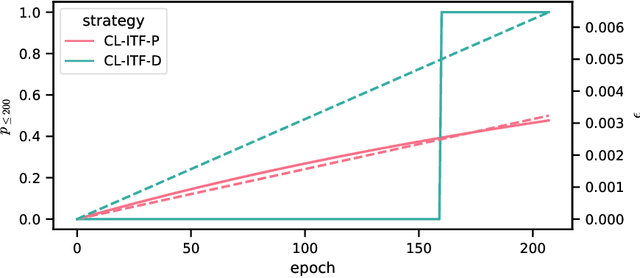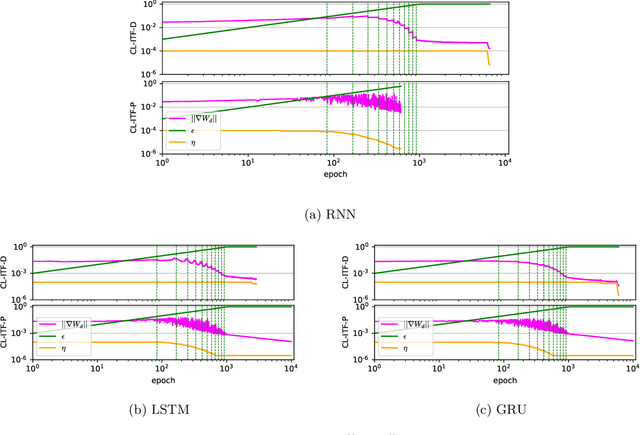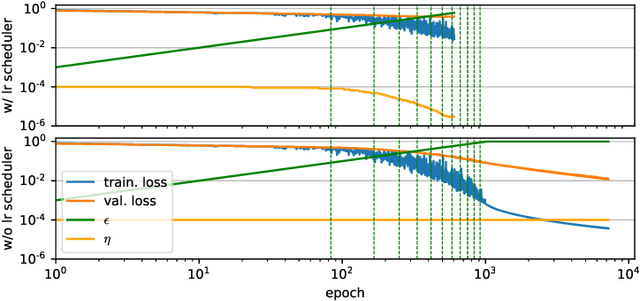Flipped Classroom: Effective Teaching for Time Series Forecasting
Paper and Code
Oct 17, 2022



Sequence-to-sequence models based on LSTM and GRU are a most popular choice for forecasting time series data reaching state-of-the-art performance. Training such models can be delicate though. The two most common training strategies within this context are teacher forcing (TF) and free running (FR). TF can be used to help the model to converge faster but may provoke an exposure bias issue due to a discrepancy between training and inference phase. FR helps to avoid this but does not necessarily lead to better results, since it tends to make the training slow and unstable instead. Scheduled sampling was the first approach tackling these issues by picking the best from both worlds and combining it into a curriculum learning (CL) strategy. Although scheduled sampling seems to be a convincing alternative to FR and TF, we found that, even if parametrized carefully, scheduled sampling may lead to premature termination of the training when applied for time series forecasting. To mitigate the problems of the above approaches we formalize CL strategies along the training as well as the training iteration scale. We propose several new curricula, and systematically evaluate their performance in two experimental sets. For our experiments, we utilize six datasets generated from prominent chaotic systems. We found that the newly proposed increasing training scale curricula with a probabilistic iteration scale curriculum consistently outperforms previous training strategies yielding an NRMSE improvement of up to 81% over FR or TF training. For some datasets we additionally observe a reduced number of training iterations. We observed that all models trained with the new curricula yield higher prediction stability allowing for longer prediction horizons.
 Add to Chrome
Add to Chrome Add to Firefox
Add to Firefox Add to Edge
Add to Edge